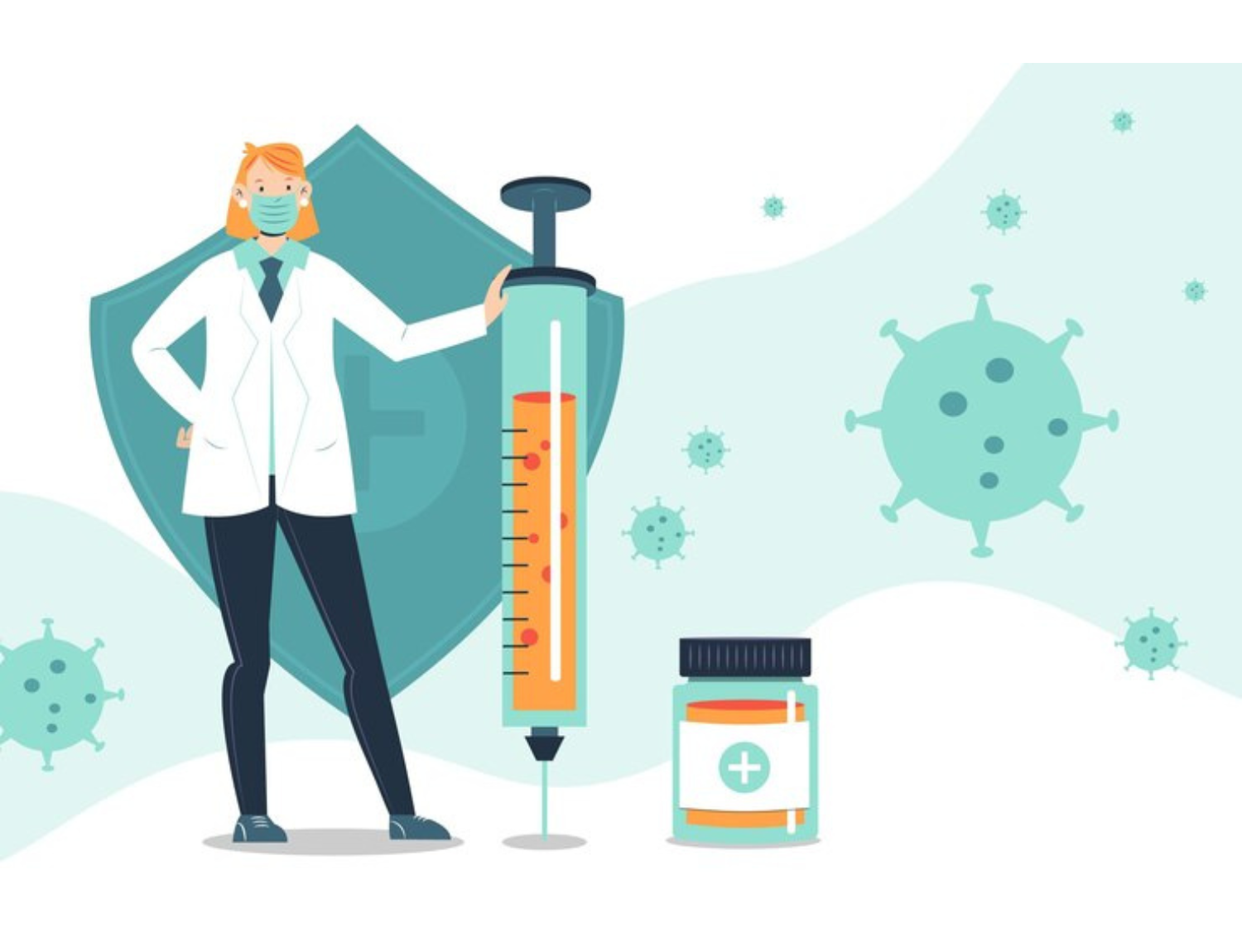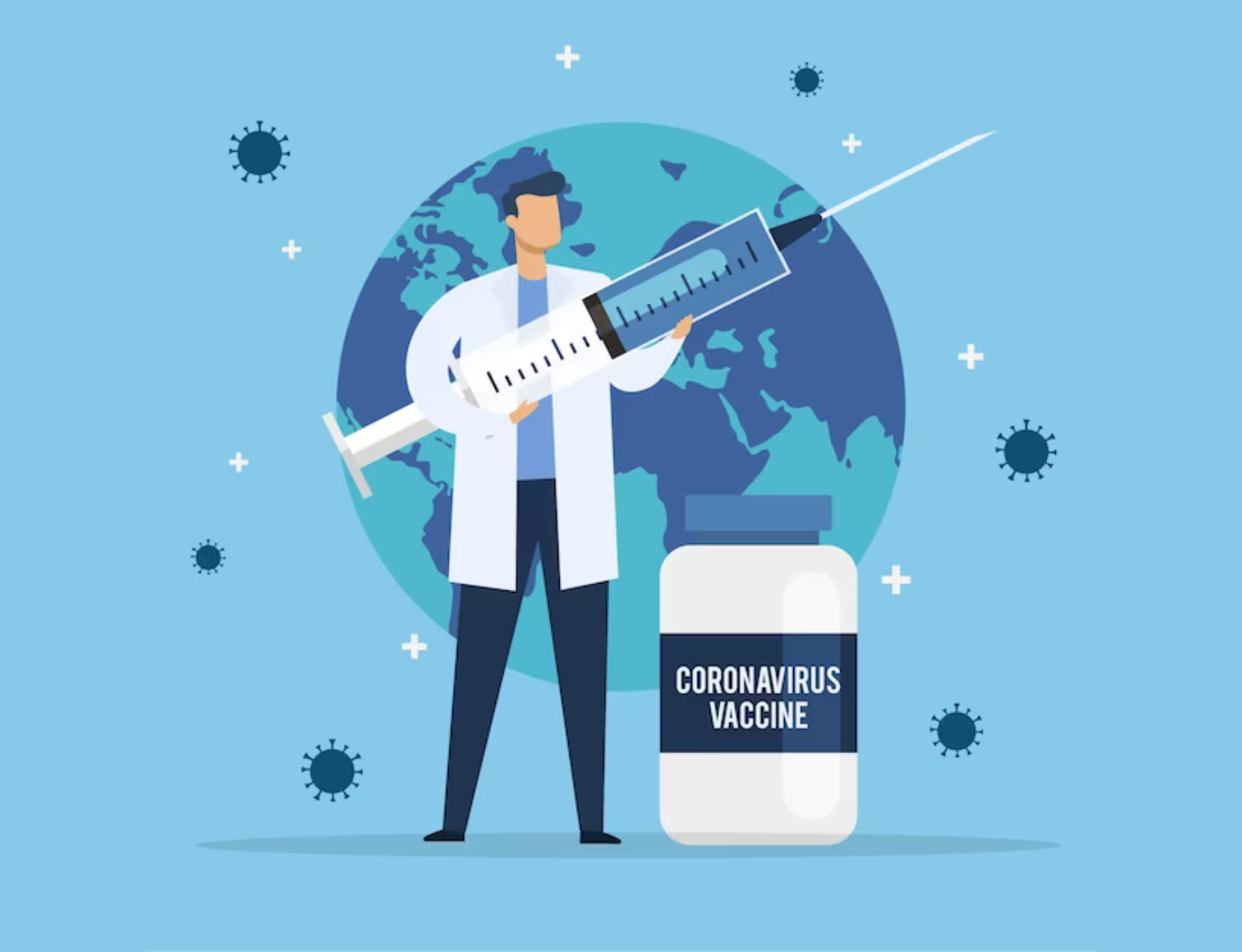Covid-19 has shaken the world and still, the world is fighting with the pandemic. Millions of people lost their lives, as well as the global economy, is affected. Today, the new normal life is incomplete without masks, social distancing, and sanitizing at regular intervals as per WHO recommendations. This is because no vaccine can provide protection or act like a drug that could kill this deadly virus. Everyone has one question in the mind i.e. when the vaccine would be ready?

Types of Vaccines Available
The goal of all the vaccines is the same i.e., exposing the immune system of the body to antigens, carbohydrates, or proteins displayed by the virus. In case everything goes according to the plan, the memory cells present in the immune system recall the introduction. In case the vaccinated individual exposes to the actual virus, the memory cells enable the immune system to respond quickly and reduce its severity.
In case vaccines differ, it is because of the antigens. Few vaccines, like the ones against polio or measles, use the whole virus that is damaged or killed so that it does not cause disease. As the vaccines use the entire virus, the researchers do not require much information about the virus as well as its proteins. Therefore, the entire-virus vaccine requires extensive safety testing and the process can take years.
Whereas other vaccines detract viral genes that further codes for the desired antigen as well as insert it into the less harmful virus and then given to the patient. Still others use yeast or bacteria for manufacturing antigen in fermentation vats. Moreover, the antigen can be used for building empty virus shells lacking genetic material or injected as in the hepatitis B vaccine.
Many other experimental vaccines are also available. Along with antigen, they deliver genetic material, which codes for it either as DNA or RNA. This enters into the cells of the body as well as directs them to produce relevant protein for triggering the immune response. As it is easy to mass-produce the genetic material than proteins, such vaccines can be created quicker. However, the DNA as well as RNA vaccines are new and have not been approved for general public use.
Why It Requires a Long Time for Vaccine Development?
The development of vaccines is a lengthy process. The vaccine has to undergo an extensive as well as rigorous testing phase and screenings. This helps researchers to identify antigens that could stimulate a desired immune response. As per past experiences, the development of vaccines could take years. To know about the vaccine development cycle, it is important to know about its different stages. The list of vaccine making stages includes:
-
Exploratory Stage
It is the stage that includes basic laboratory research in which scientists identify the natural as well as synthetic antigens. Basically, the research refers to an extensive process requiring the years for securing funding, getting approvals as well as studying the results. However, today when the world is battling with the novel coronavirus, the health organizations, as well as countries, have emphasized vaccine development. Several vaccines and therapies related to this virus are being explored. The idea to have numerous hits so that at least some would succeed.
-
Pre-Clinical Stage
After developing a vaccine in the research phase, there is the testing of the vaccine, and the testing stage is called the preclinical stage. The vaccine is tested on animals like monkeys as well as mice to check if it makes an immune response. In normal circumstances, these stages last for a minimum of 1 to 2 years. In this stage, the scientists determine ways to administer the vaccine as well as safe dosage. They also do the challenge studies that means they would vaccinate animals and then make efforts to infect them with pathogens to authenticate the results.
-
Clinical Development
It is a crucial phase that involves three sub-phases. In this phase, the vaccine is tested on different humans. It is important to note that most of the promising vaccines fail at this phase. Here are the sub-phases
-
- Phase I Trial: It is performed on limited humans, say around 20 to 100 healthy individuals with conditions that vaccines could treat. This phase assesses the volunteer’s safety as well as tries to determine the extent and type of immune response the vaccine provokes. In general, this trial phase takes 2 months to complete.
- Phase II Trial: In this phase, the researchers test vaccines on hundreds of people. For determining the vaccine’s impact on different age groups, there is a segregation of candidates as per their age during this trial. Just like the phase I trial, the scientists make efforts to see the safety of vaccines as well as the ability to prove the immune system. Along with this, they also determine the proposed doses, method of delivery, immunogenicity, and schedule of immunization. For completion, this phase could take months to years.
-
- Phase III Trial: In this, thousands of people receive the vaccine. The scientists wait for results to know how many people are infected in comparison to those who received the vaccine. They also try to know the vaccine’s side effects. This is the phase where the vaccine gets approval for public use.
Few manufactures might opt for another trial phase after the release of the vaccine i.e. Phase IV. During this trial phase, the manufacturer might continue to assess the vaccine for safety as well as effectiveness.
-
Approval Stage
In case there has been a similar vaccine that is approved in the past, the approval could be accelerated. However, in the corona vaccine process, there is no vaccine in the market. It is important to note that before getting formal approval, a vaccine might get emergency use authorization in case it is a pandemic.
After approval, there is a manufacturing process. For producing vaccines at a mass scale, there is a need for massive manufacturing capacities like personnel, equipment, and infrastructure. The entire manufacturing process needs rigorous quality control measures. And, then there is a need of prioritizing vaccine distribution to ensure the vulnerable sections of society get the vaccine first.

Speeding up Vaccine Development Process
With COVID-19, the researchers have a big start as it is not the first coronavirus for which they have tried developing vaccines. During the outbreak of SARS and MERS in 2003 and 2012, the scientists had started making the vaccines. So, when this novel virus came, they knew the target for the vaccine i.e. the spike protein. The protein sits on the virus’s surface, specifically the part that binds to the cells of humans and enables viruses to get entry.
Researchers know how to stabilise that part of the protein. This advanced knowledge is quite helpful for developing the vaccine. Currently, more than 170 vaccines are in process. However, few of them received approval for trials and clinical testing. The list of COVID-19 vaccines being produced by Indian companies that are in the trial phase includes Covaxin, ZyCoV-D, Covishield, etc.
Outcome of Testing Candidate Vaccine
Having too much hope on any vaccine is unwise because most vaccines fail in the early trials. Therefore, it is important to have several vaccines to test. One of the major reasons behind the failure of the vaccines is that they result in the wrong type of immune response. There is a huge difference between the immune response as well as a protective immune response. To be effective and safe, the vaccine needs to do more than provoking the body to produce antibodies.
And, the antibodies need to be able to nullify the virus so that virus cannot invade the host cells. Some vaccines that show promising results in the lab animals tend to disappoint in the human trials. Moreover, some vaccines can make the disease worse. Sometimes, the vaccines induce certain kinds of antibodies that help viruses invade host cells more easily. Whereas in other processes, vaccines prime the immune system strongly that infection provokes an overreaction in the immune system.
Launch of Covid-19 Vaccine
For emergency use, India has provided approval for two vaccines i.e., Covaxin and Covishield. The vaccination program started on 16 January 2021. More than 3.7 lakh people received the vaccination in the country. Both Bharat Biotech as well as SII listed the side effects and risks of their vaccines that include pain, itching, swelling, and redness where they got the injection. Headache, fatigue, stiffness in the upper arm, nausea, body aches, fever, etc. are other common side effects.
Bharat Biotech released a fact sheet advising breastfeeding or pregnant women, people with bleeding disorders or high fever, not to take Covaxin. Whereas the factsheet of SII advised not to take Covishield in case anyone is allergic to any ingredient. The ingredients of Covishield include L-Histidine hydrochloride monohydrate, L-Histidine, and EDTA (Disodium edetate dihydrate). In case the first dose caused an allergic reaction, it is advised to avoid the second dose.
As per the factsheet of Bharat Biotech, its vaccine generated immunity against infection with two doses in 4 weeks parts. Whereas Covishield by SII has shown results in preventing the COVID-19 with two doses in 4 and 12 weeks apart. It is important to note that the Covid vaccine duration is unknown. However, people might get the protective immune response a few weeks after the second dose of the vaccines.